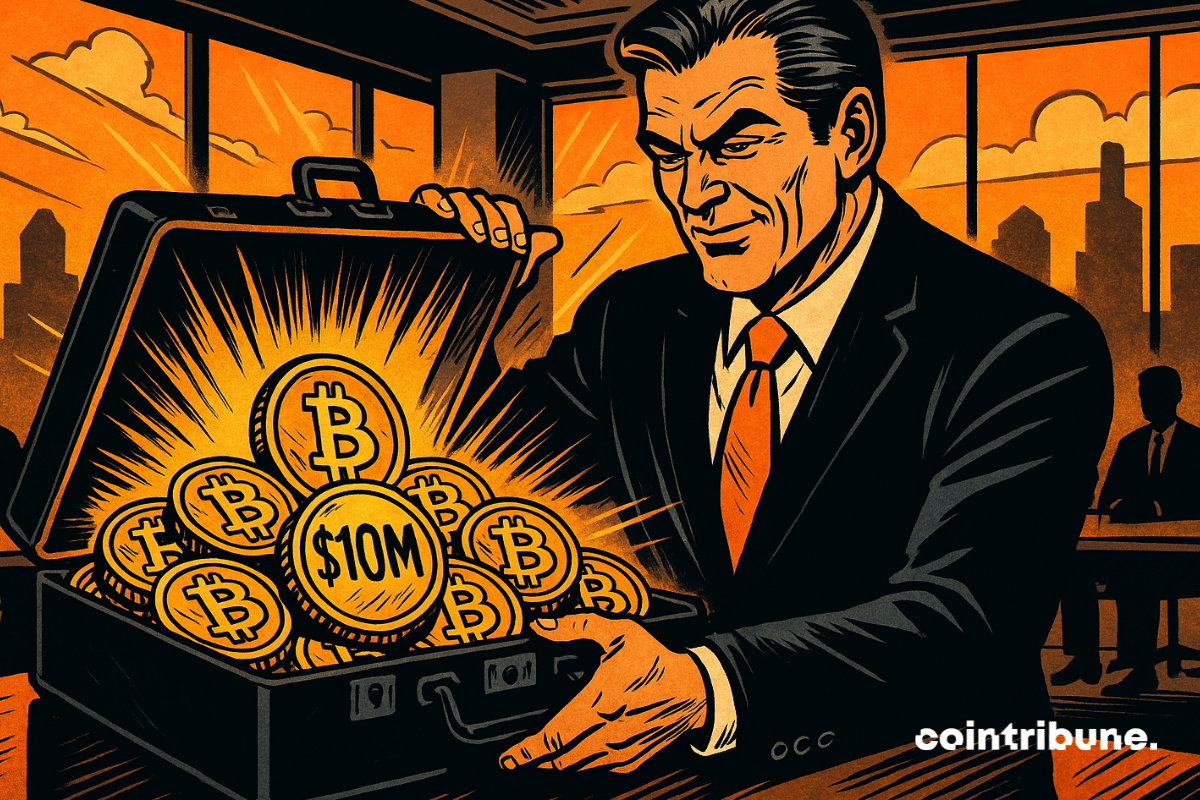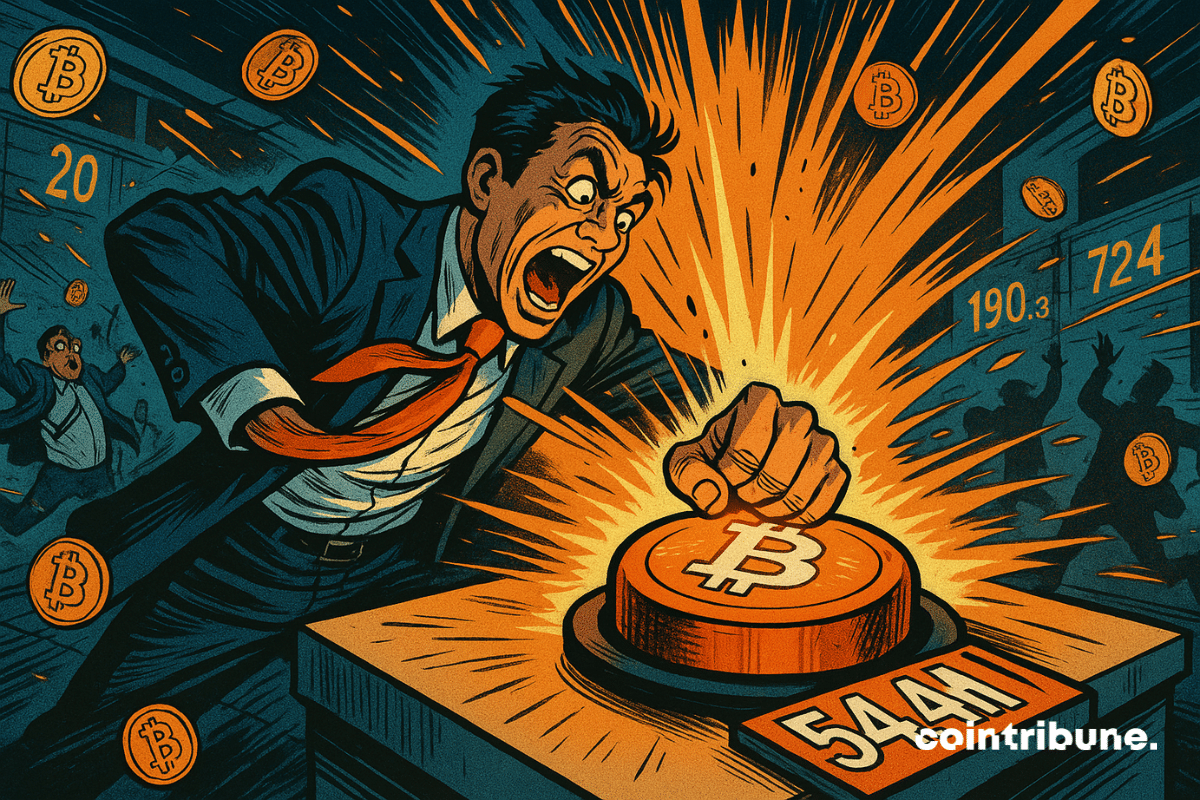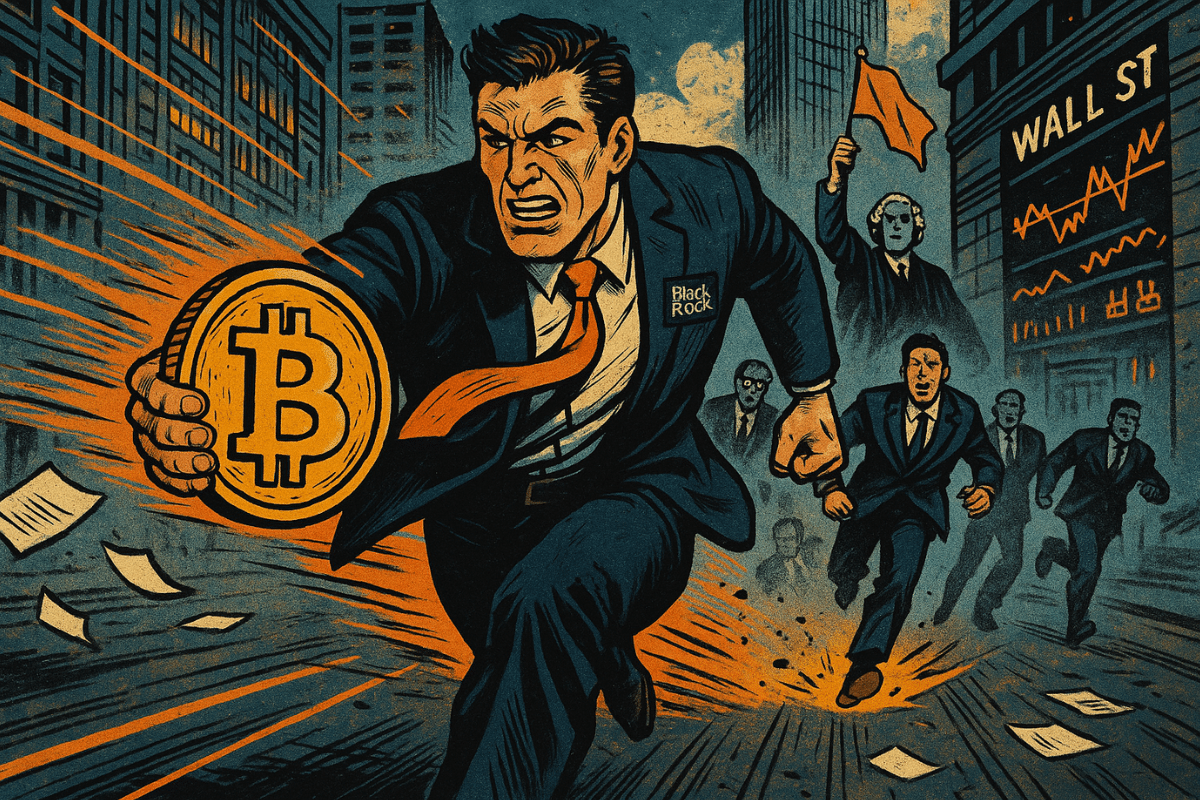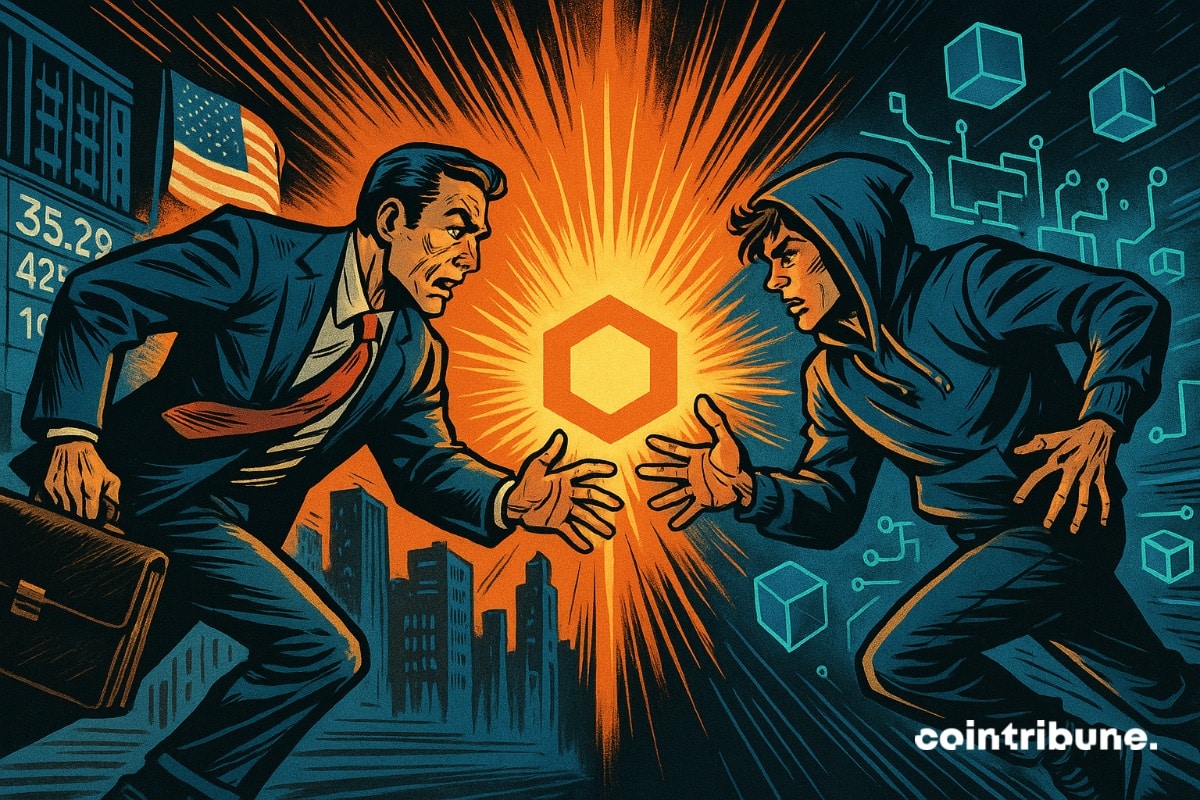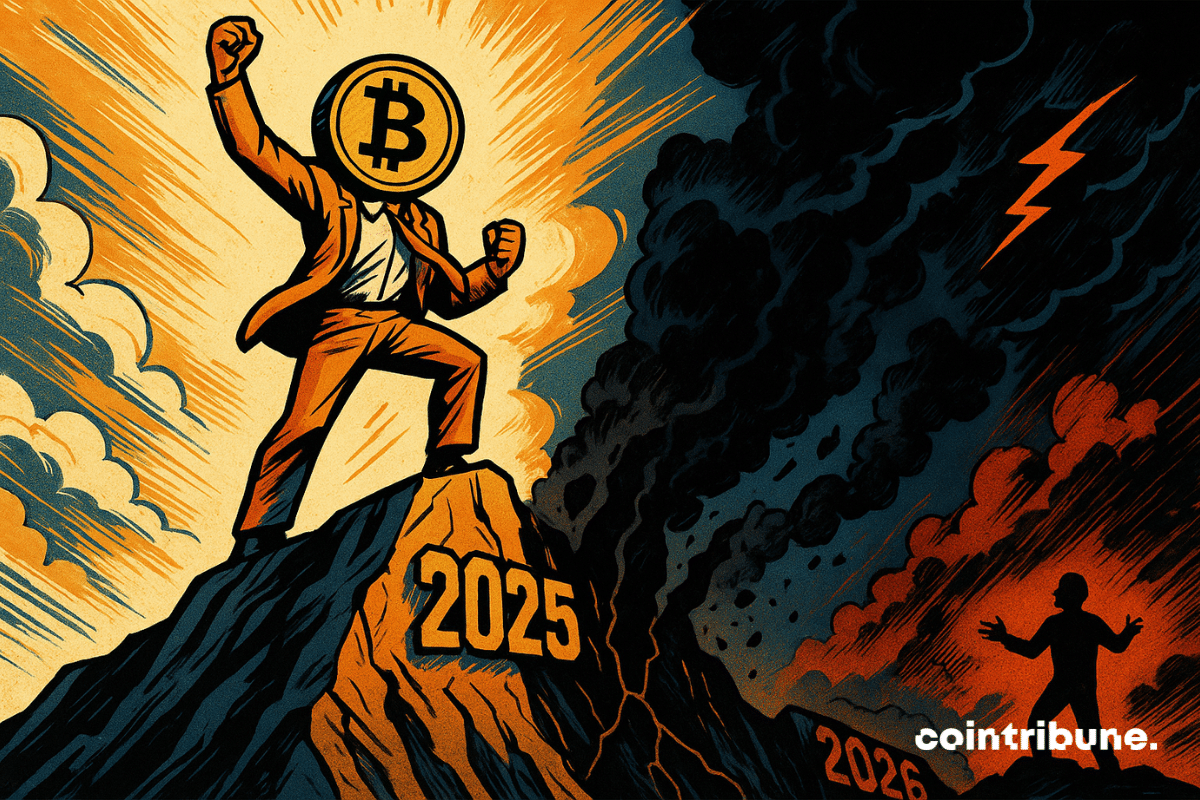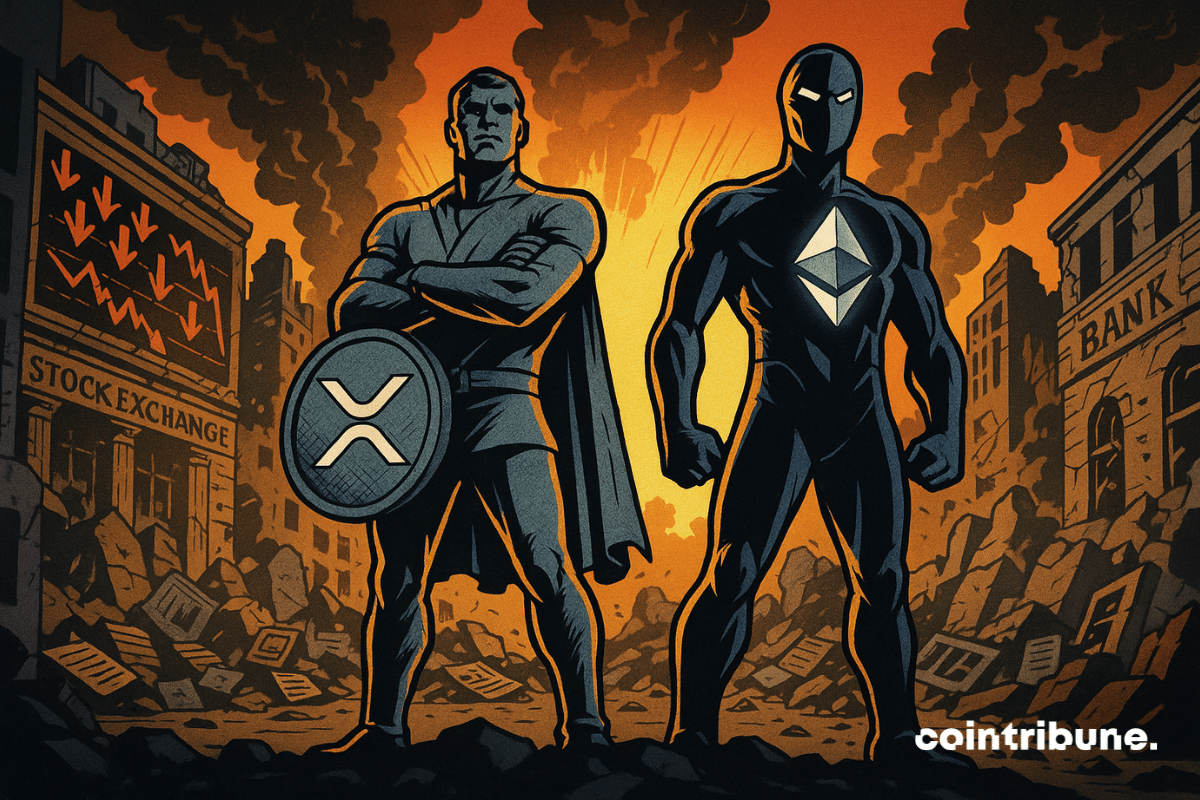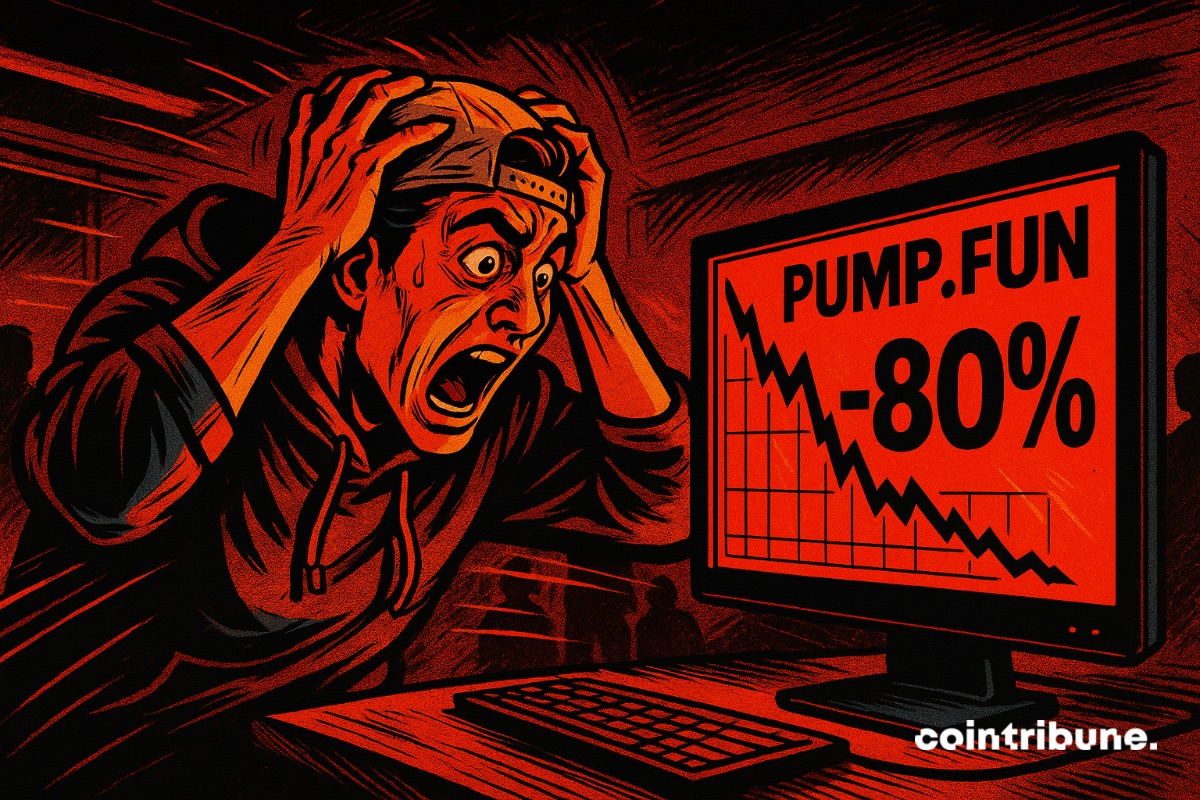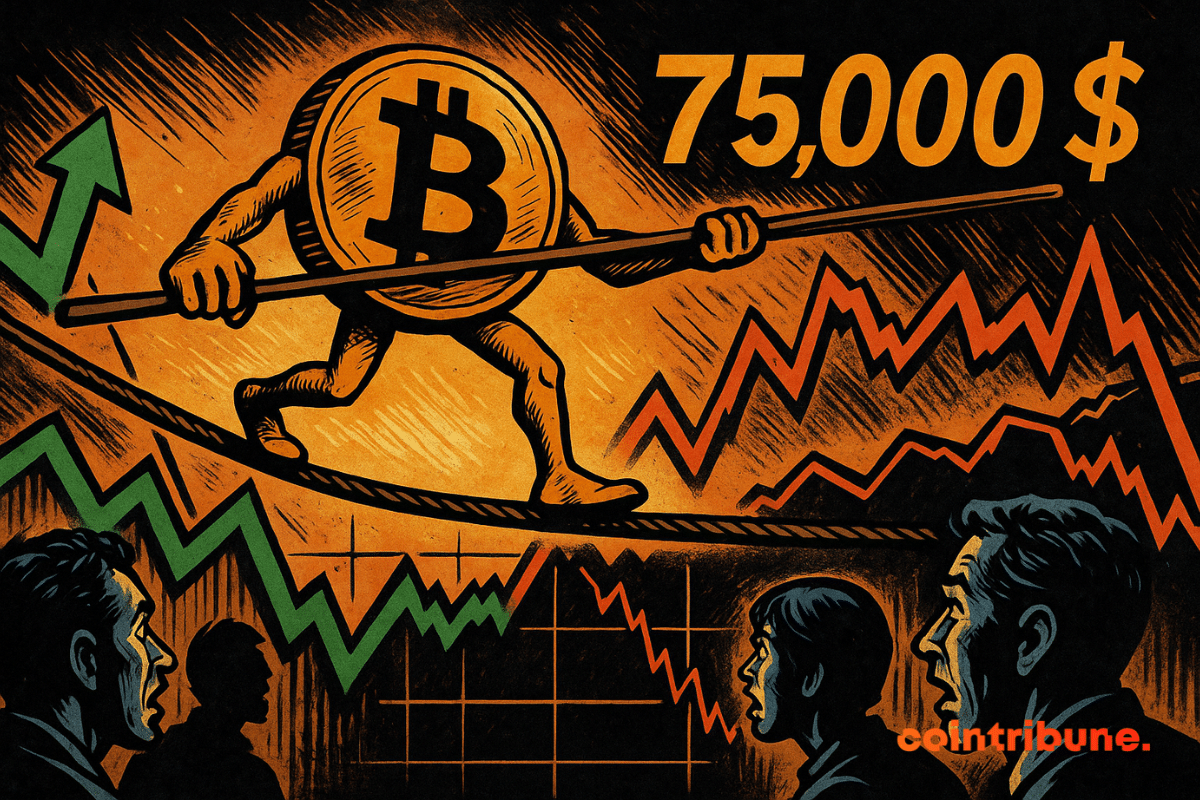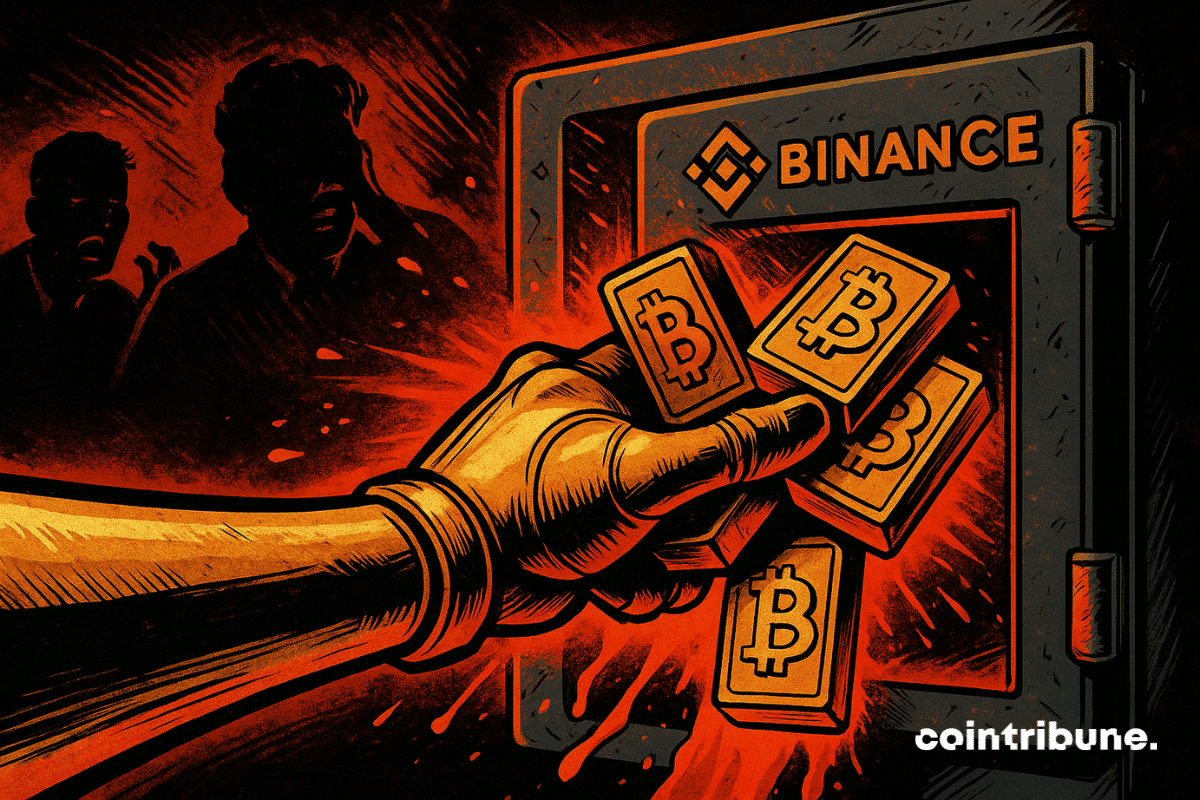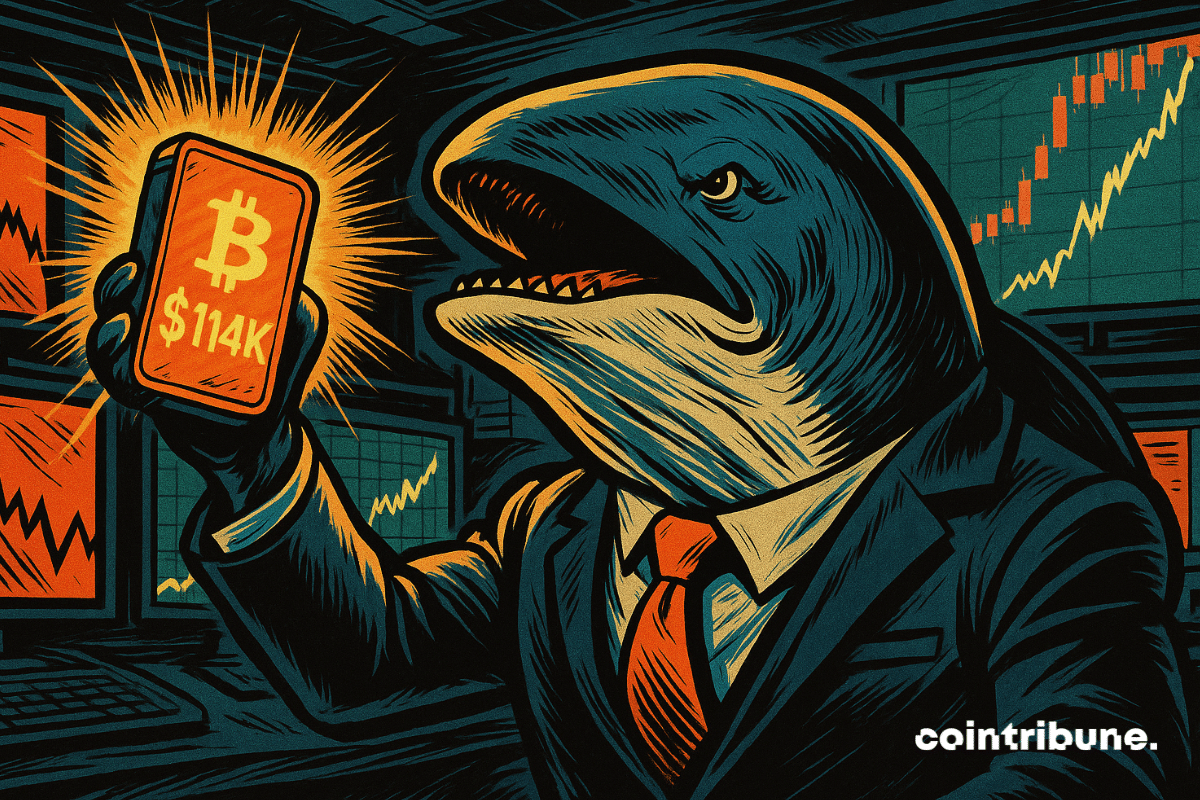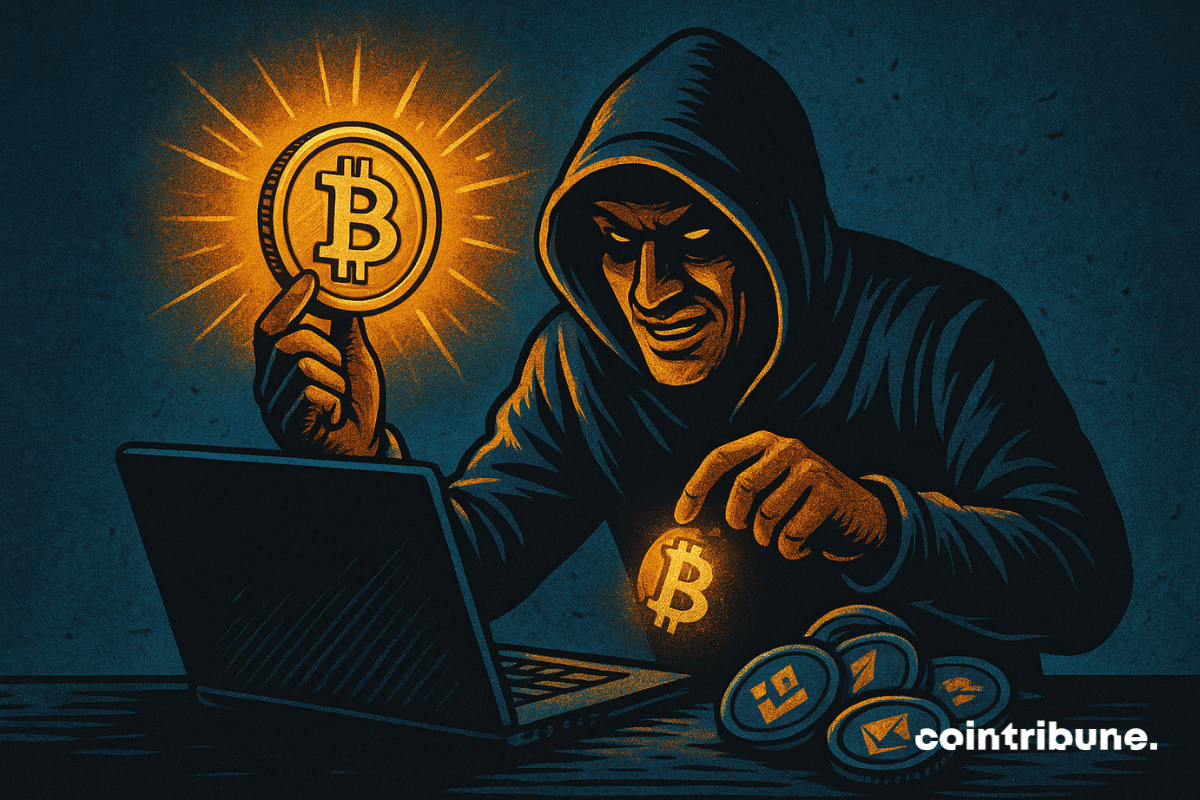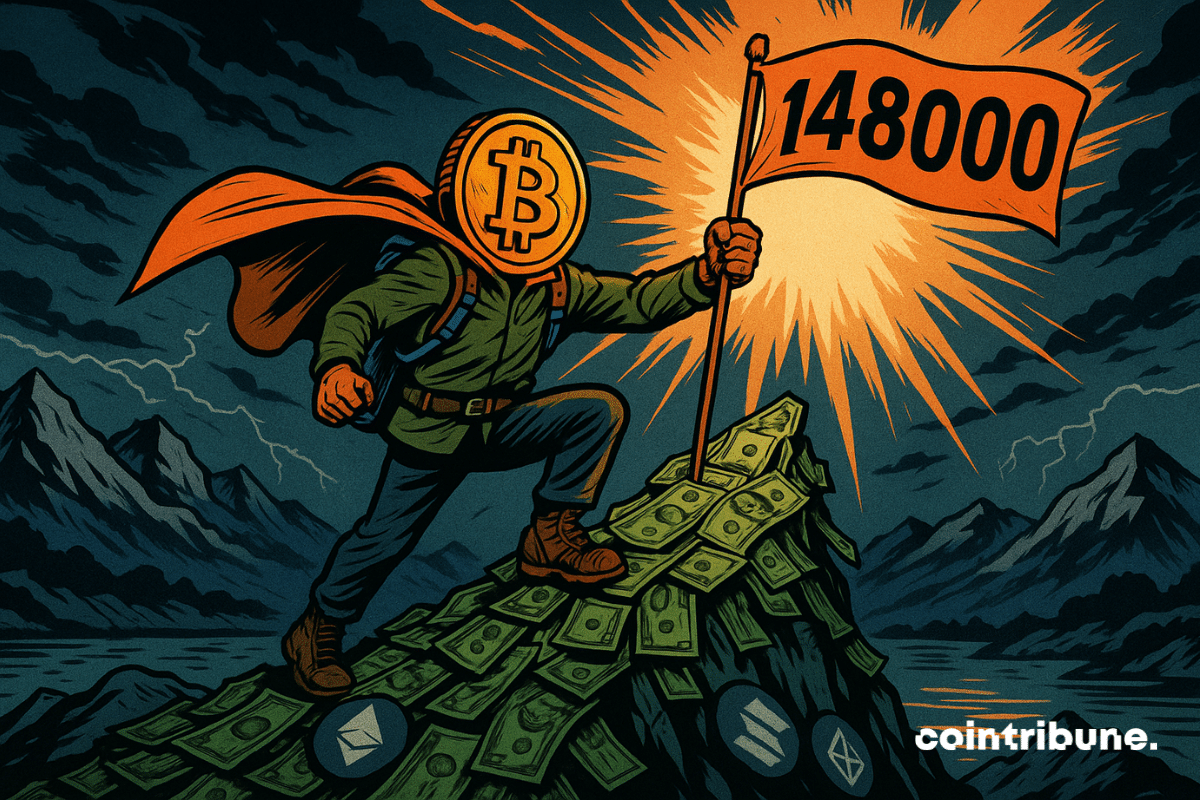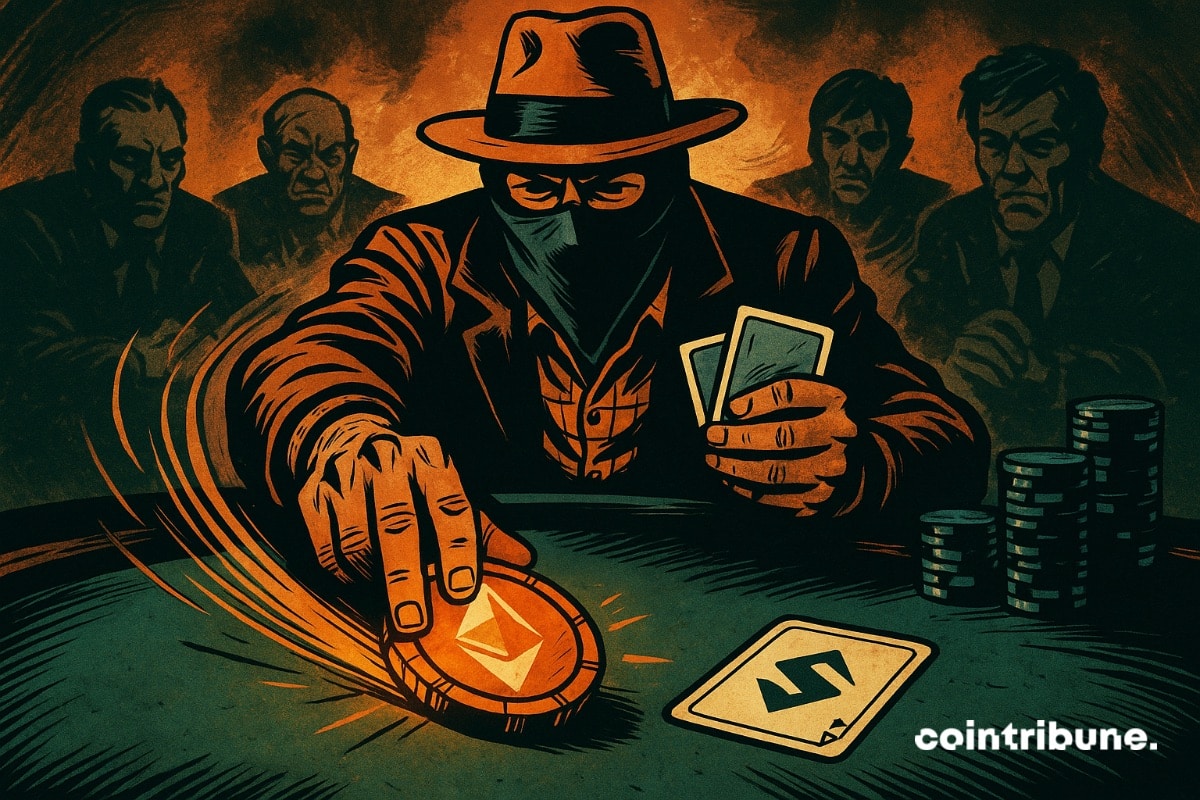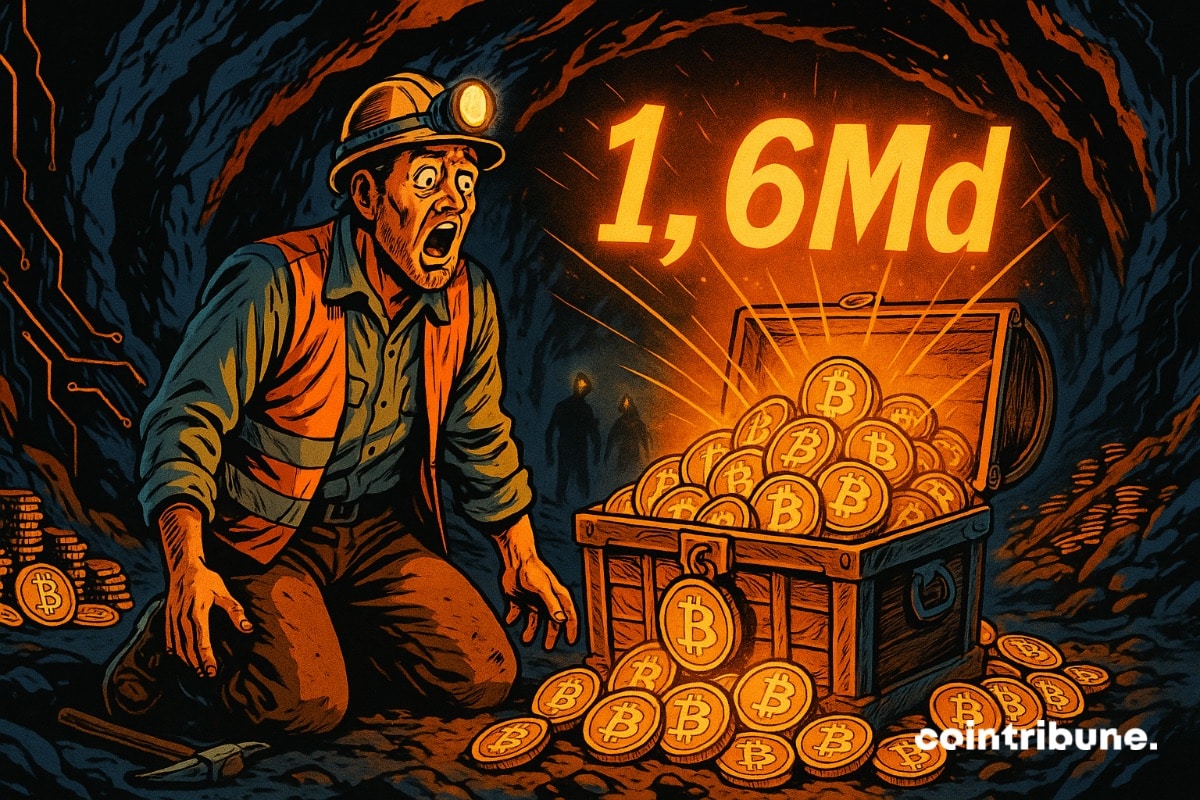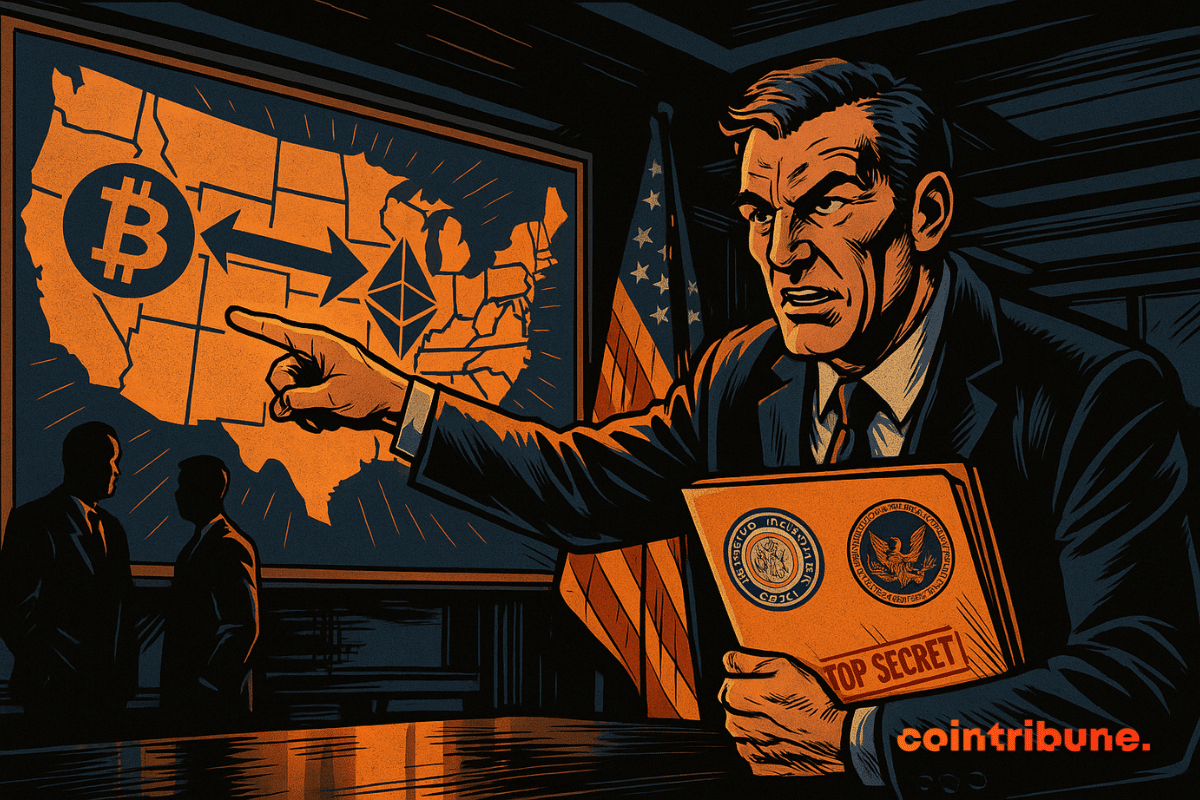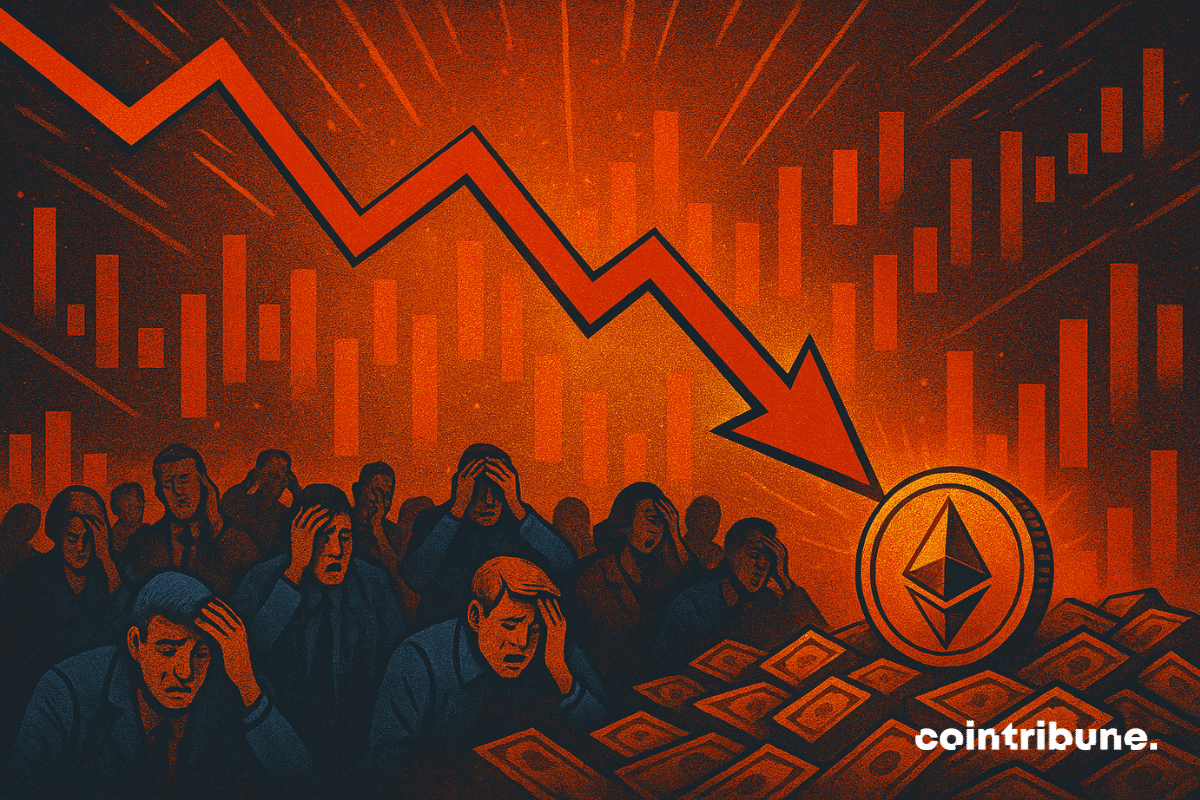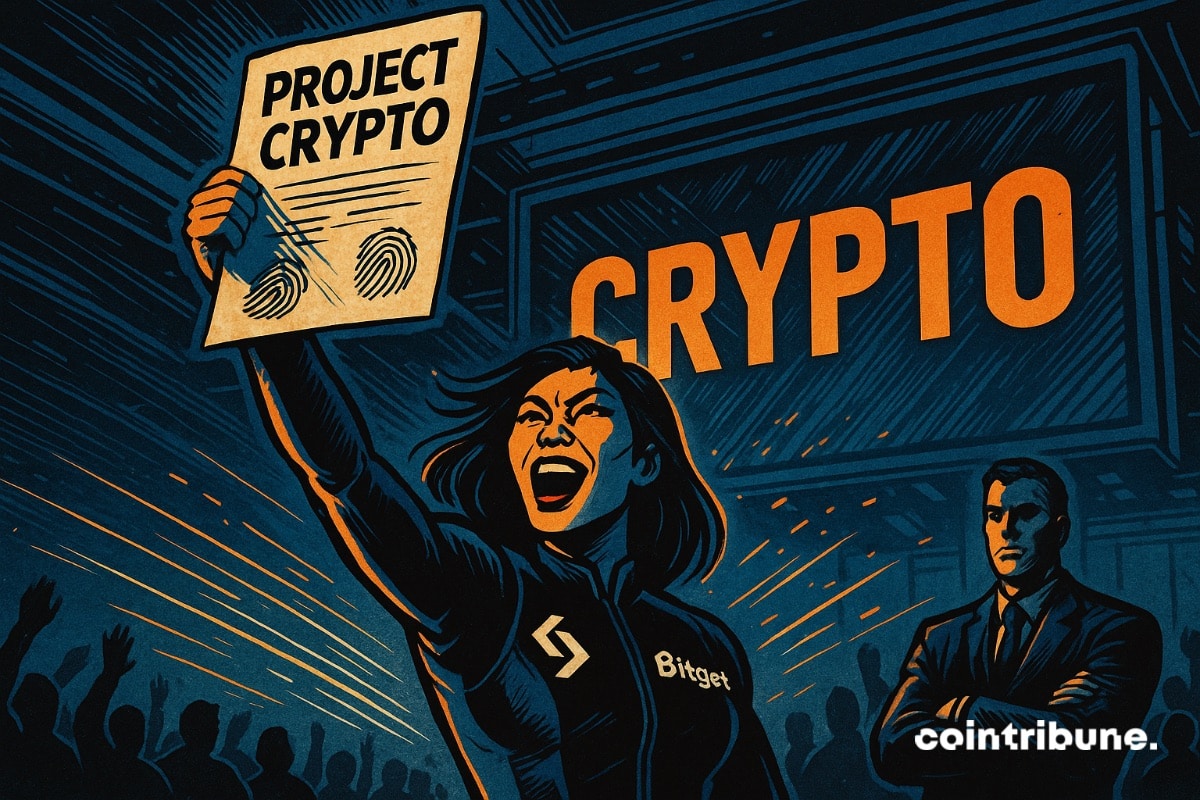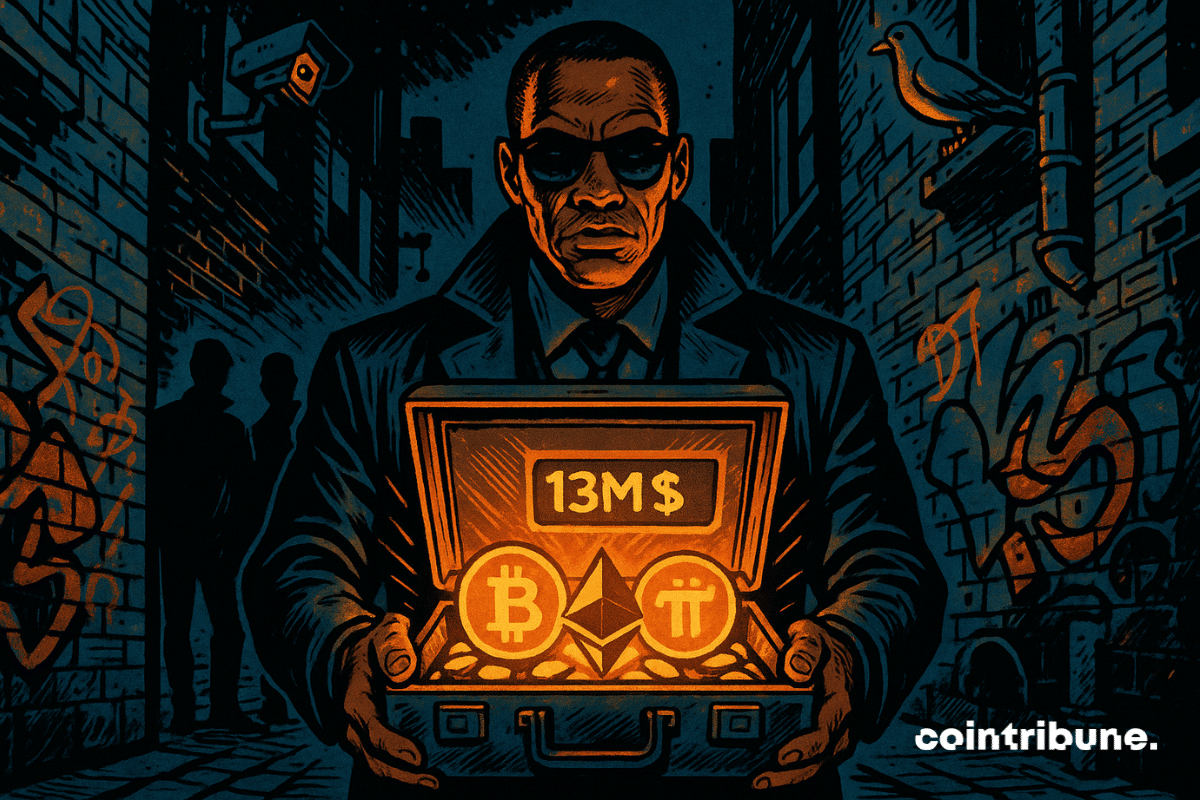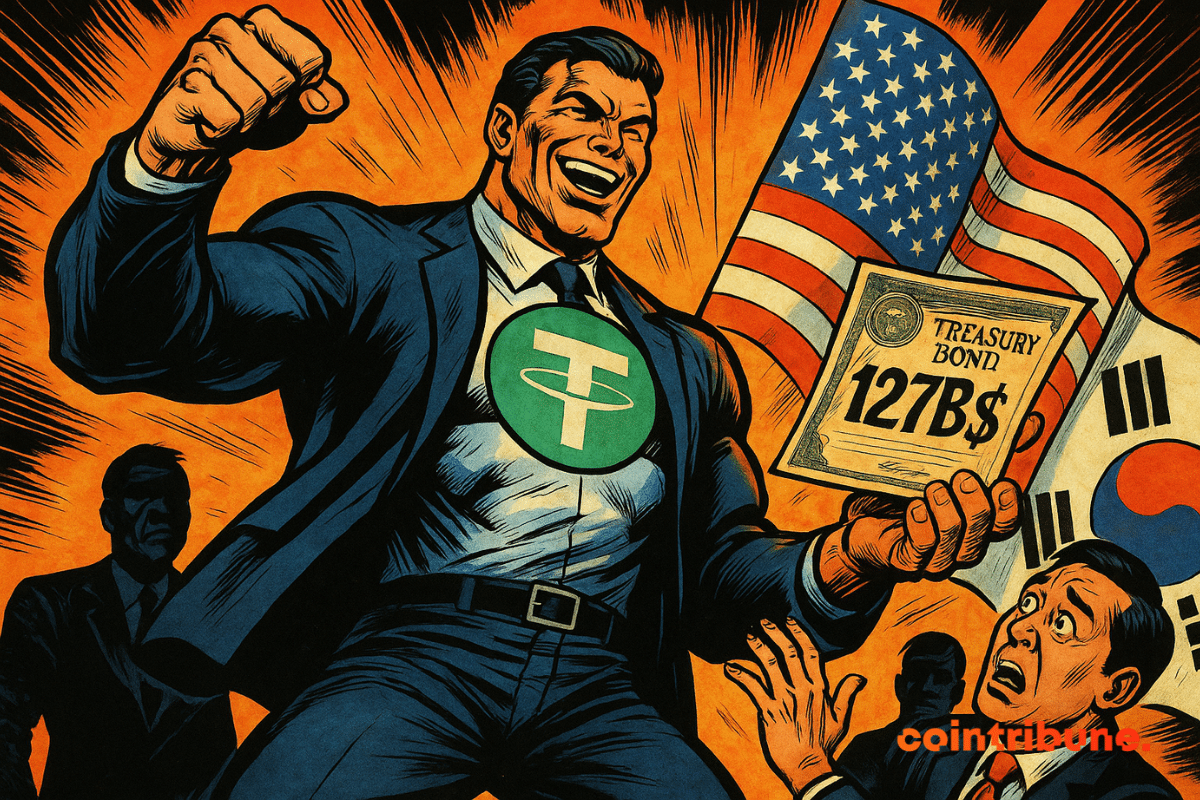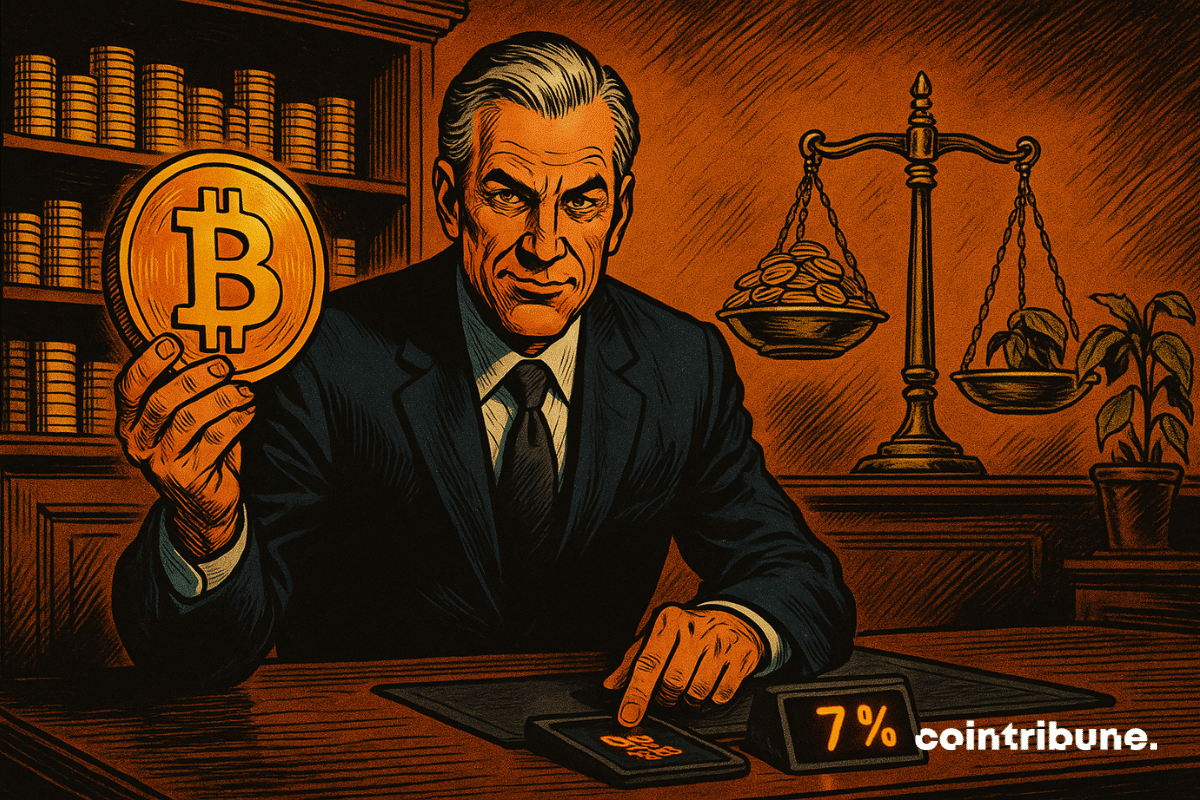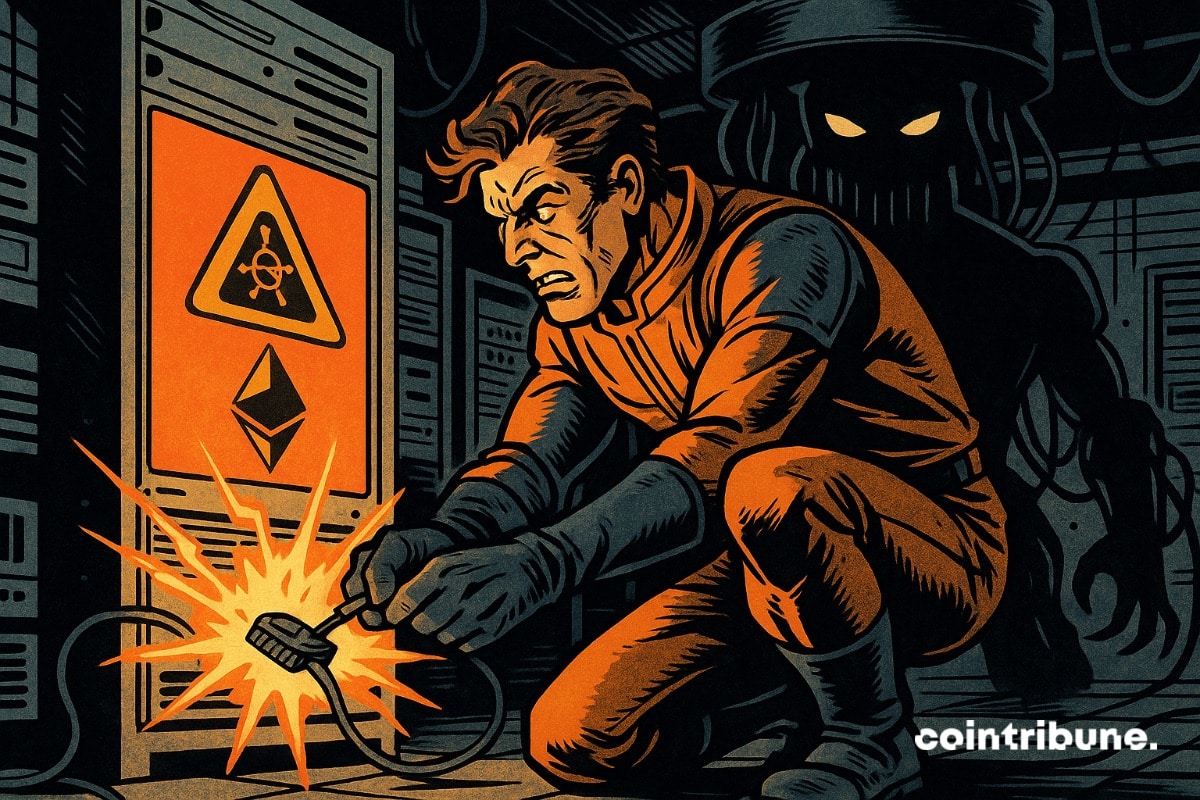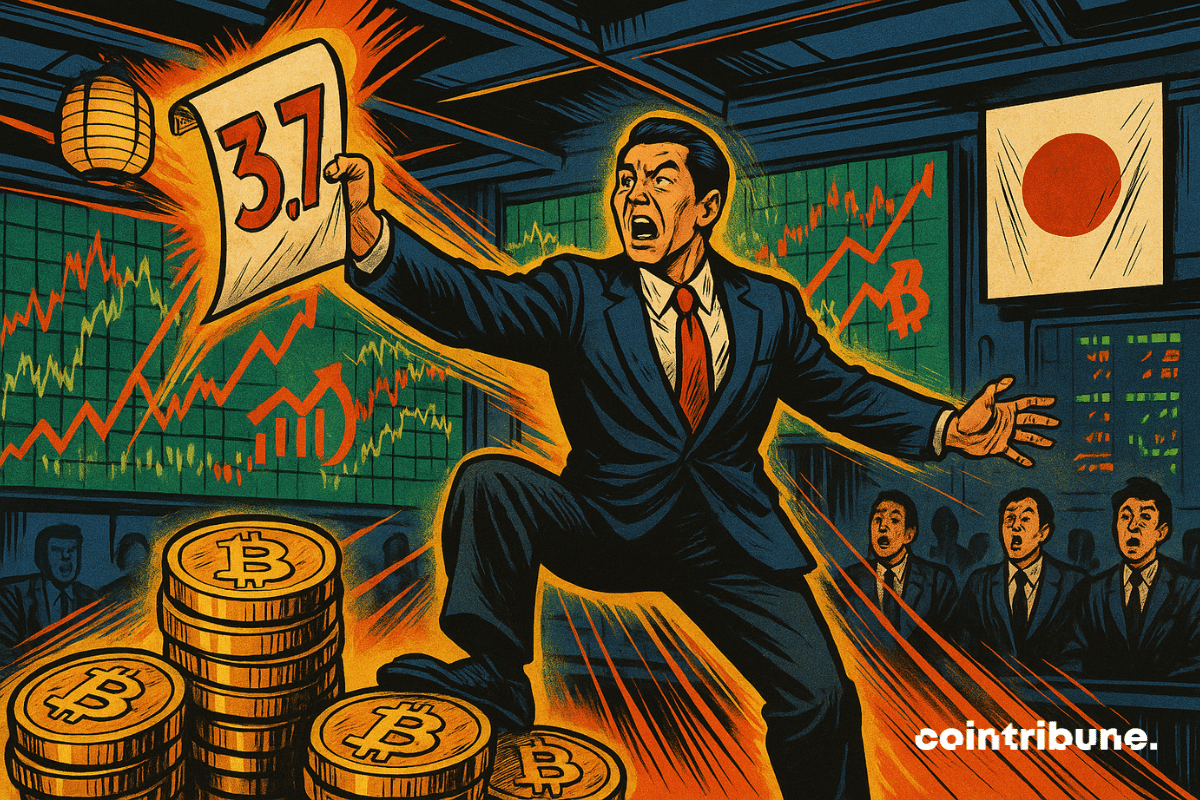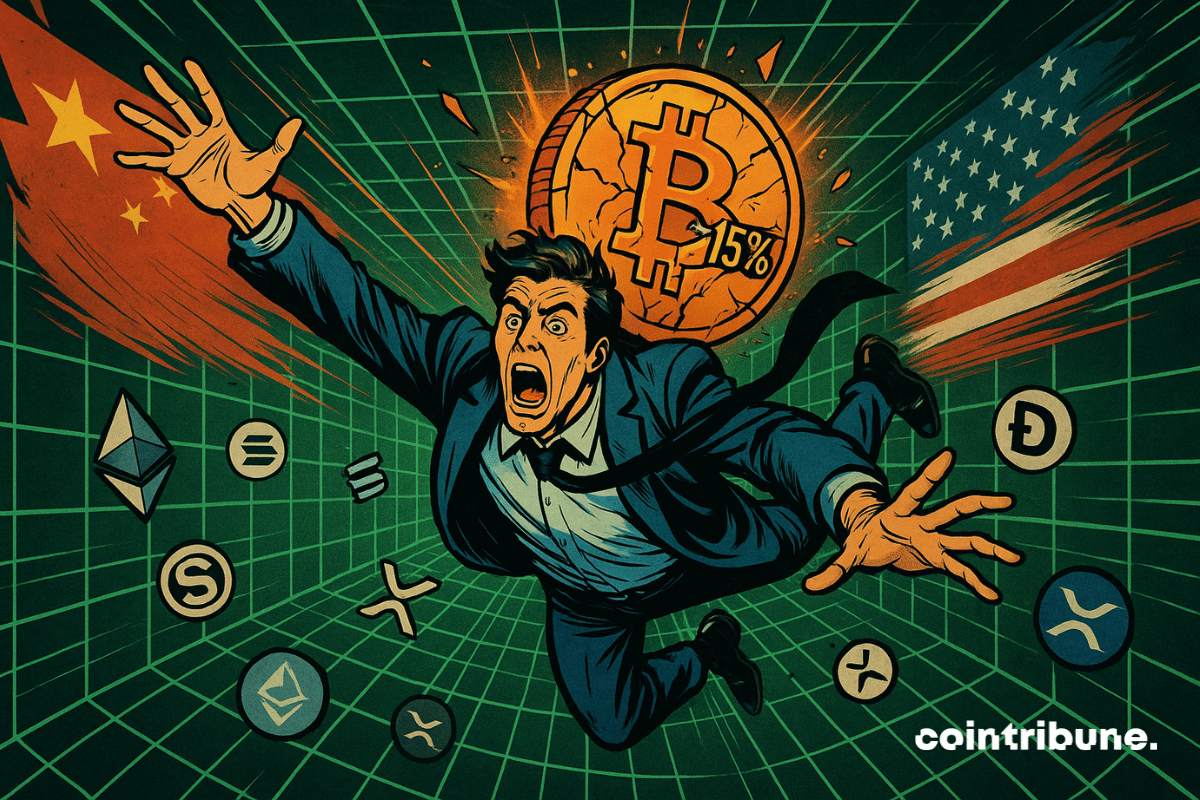Sequans has added 85 more bitcoins to its reserves, bringing its total to 3,157 BTC. The $10M purchase shows its long-term Bitcoin treasury strategy as global institutional accumulation gains momentum.
Crypto News
Metaplanet has made yet another landmark acquisition as it doubles down on its goal of becoming the largest corporate Bitcoin holder. Following its transition to a BTC treasury firm, the Tokyo-listed firm has become one of the largest publicly listed holders of Bitcoin in Asia.
SEC’s recent move to raise options limits for Bitcoin ETFs may strengthen BlackRock’s market position and attract more investors.
Chainlink unveils its Data Streams and finally connects crypto to stock markets in real time. A revolution for DeFi, tokenized assets (RWA), and smart contracts. Discover how this innovation redefines the future of on‑chain financial markets.
Bitcoin flirts with 114,000 dollars, but behind this stability, some analysts are sounding the alarm. A new market reading, based on Elliott Wave theory, announces a peak at 140,000 dollars by the end of this year… followed by a sharp decline in 2026. As euphoria spreads among investors, this projection invites looking beyond the short term.
While financial markets collapse under the threat of new announcements related to the trade war orchestrated by Donald Trump, the crypto market takes everyone by surprise. Indeed, XRP and Ethereum are bouncing back sharply, breaking with an established bearish trend. Are these assets in the process of sustainably detaching from classic macroeconomic dynamics? In a context of tariff tensions and increased volatility, the crypto market's reaction raises questions about its ability to play a strategic alternative role.
Pump.fun collapses, memecoins are shaky. In July, the star crypto platform lost 80% of its revenue. Traders fleeing, fierce competition, saturated market: find out why memecoin euphoria may be coming to an end. Complete analysis and key figures.
While bitcoin oscillates around critical thresholds, between selling pressures and bullish technical signals, investors wonder: simple market breathing or prelude to a new surge towards 75,000 dollars
Panic on the crypto planet: panicked whales, small holders bleeding. And Binance picking up BTC like it's raining. Bitcoin itself looks grim…
Bitcoin is seeing renewed interest as large holders add to their positions, with market sentiment shifting toward optimism.
Blockchain intelligence firm Arkham has disclosed that 127,426 BTC, worth nearly $14.5 billion today, was quietly stolen from Chinese mining pool LuBian in late 2020. The heist, which had remained hidden from the public for almost four years, now ranks among the largest crypto thefts in history by current valuation.
Bitcoin lost 7.5% after nearly touching $123,250, briefly reviving fears of a lasting correction. However, some analysts see an ideal configuration, described as a "perfect bottom." For them, this technical pullback would be less a sign of weakness than a strategic springboard announcing a major rebound.
In a universe dominated by digital abstraction, the sudden disappearance of the statue of Satoshi Nakamoto in Lugano resonates as a symbolic shock. Erected during the Plan B Forum in homage to the decentralized spirit of bitcoin, the work was torn down, vandalized, then recovered in pieces by the lakeside. This artistic manifesto, having become a target, crystallizes the tensions around the crypto imagination. A reward in bitcoin was promised, a sign that the case goes beyond simple vandalism: it calls into question the integrity of symbols in a faceless culture.
Sharplink has just made a big move on Ethereum with $54 million in purchases. Discover the behind-the-scenes of this strategic operation, its implications on the crypto market and the signals it sends to institutional investors.
Bitcoin miners generated $1.66 billion in July, a record since the 2024 halving. Profitability, difficulty, projections: the mining economy is undergoing major changes. Discover the key figures, trends to watch, and what August holds.
Trump dreams of a crypto eldorado, the CFTC sprints, the SEC follows… but behind the speeches, who really regulates this digital rush westward? Regulatory suspense guaranteed.
U.S. stocks suffered a blow on August 1, losing $1.1 trillion in value after President Donald Trump reportedly fired the head of the Bureau of Labor Statistics, Erika McEntarfer. The decision came hours after a disappointing July jobs report.
The SEC unveils the "Project Crypto" and disrupts the regulatory landscape. Coinbase and Bitget applaud a reform deemed historic. Legal ICOs, auto-custody, digital sovereignty: discover why this initiative could reposition the United States at the heart of global blockchain innovation.
In an already tense crypto market, XRP is drawing attention for the wrong reasons. Several technical and on-chain indicators are turning red, signaling growing selling pressure and marked investor disengagement. The decline in leverage exposure, combined with significant outflows, fuels the risk of key support breaks. If the momentum does not reverse quickly, crypto could enter a more pronounced correction phase, revealing increasing vulnerability to market uncertainties.
In the span of a few hours, Arthur Hayes, the former CEO of BitMEX, sold more than 13 million dollars in crypto, while the market evolves in a consolidation phase. The operation intrigues as much as it worries, due to its scale, but especially because of its timing. This move, far from trivial, could signal a global change of course.
As distrust settles in the crypto ecosystem, Pi Network fuels tensions with a controversial decision: a voluntary token lockup in exchange for a mining bonus that can rise up to 200%. In a context of free-falling prices and lethargic liquidity, the initiative provokes the outrage of a community already tested by technical delays and the lack of use cases.
Tether reaches a historic milestone by surpassing South Korea in Treasury bonds. Crypto no longer just exists; it now asserts itself in the most strategic economic spheres.
As each bitcoin becomes rarer, Strategy aims to concentrate an unprecedented share. Michael Saylor, its co-founder, mentions the possibility of holding up to 7% of the global bitcoin supply, or nearly 1.5 million BTC. With already more than 3% in reserve, the company no longer just invests: it builds a financial model focused on the strategic accumulation of the asset. A trajectory that redefines corporate treasury codes in the era of digital currencies.
Shiba Inu just turned five, and the celebration comes with more than birthday candles. The meme coin is flashing bullish signals across on-chain data, burn metrics, and trading charts, suggesting a breakout may be close.
The payment world is shifting. Between crypto expansion and offensive strategy, Visa is redefining the rules of a game that has become global.
Ethereum changes course. Justin Drake unveils a lean roadmap to face the quantum era: radical cryptography, 1 million TPS, full resilience. An ambitious technical plan that could redefine the foundations of the entire crypto ecosystem.
The Japanese firm Metaplanet is stepping up. It plans to issue up to 3.7 billion dollars of shares to finance a massive BTC accumulation strategy. A bold approach, directly inspired by the Strategy model (ex-MicroStrategy), which establishes bitcoin as a central pillar of its financial doctrine.
Markets waver, cryptos drop. Under the combined effect of a resurgence of trade tensions and mixed economic indicators, technology stocks suffered a sharp setback. In their wake, crypto stocks like Coinbase, Riot Platforms, and CleanSpark fell heavily, amplifying losses recorded on a bitcoin that fell below 115,000 dollars. This new volatility episode reveals the extreme sensitivity of cryptos to the global economic agenda and monetary policy expectations.
8 years after the activation of SegWit, Bitcoin celebrates its "Independence Day." Between community tensions, ideological forks, and scalability debate, history repeats itself. Discover how this key moment still shapes the future of the protocol and its decentralized governance today.
Tokenized finance has just reached a decisive milestone. Ondo Finance, a pioneer in the tokenization of real-world assets (RWA), has been officially cited in a strategic White House report. A first for an actor coming from DeFi, now recognized in the highest spheres of American power. This recognition could well accelerate the global rise of RWA. And what if this was only the beginning?
